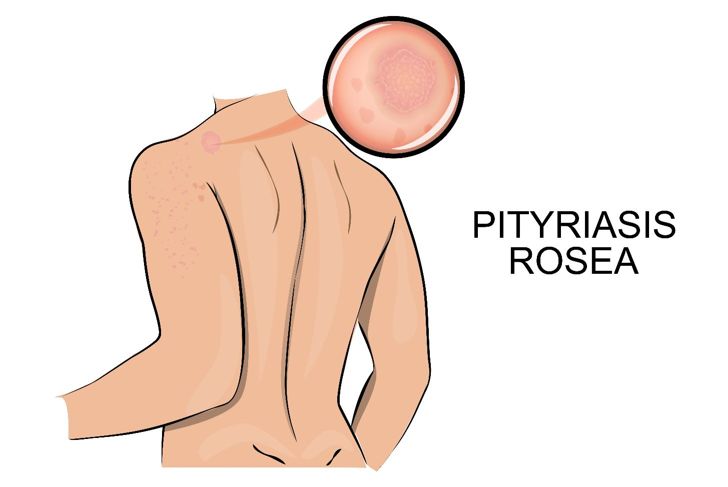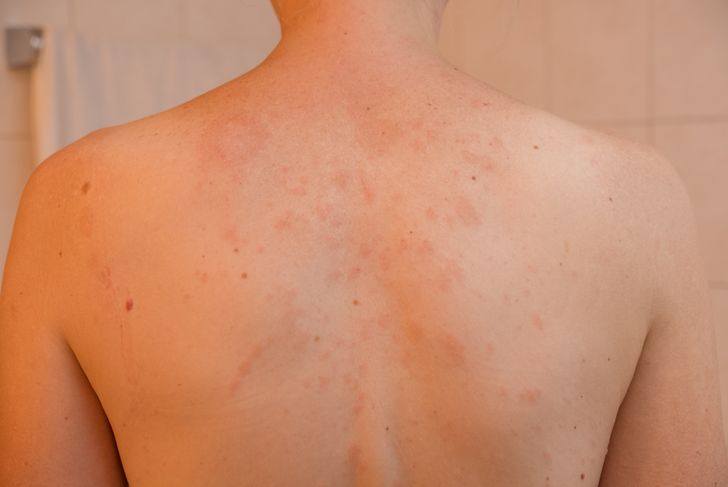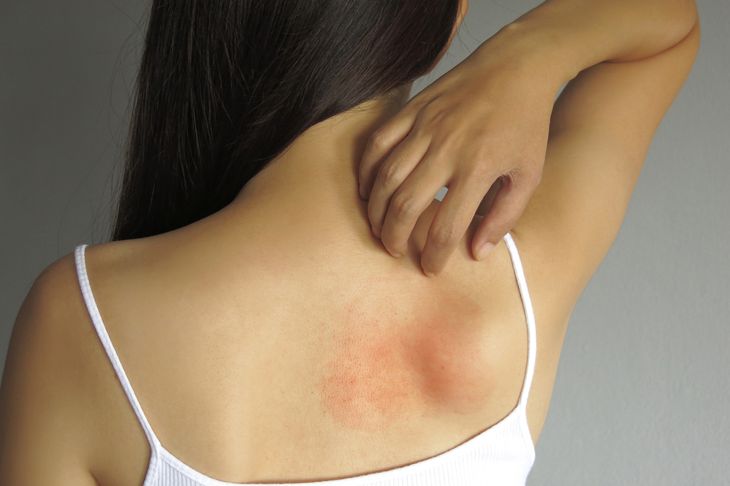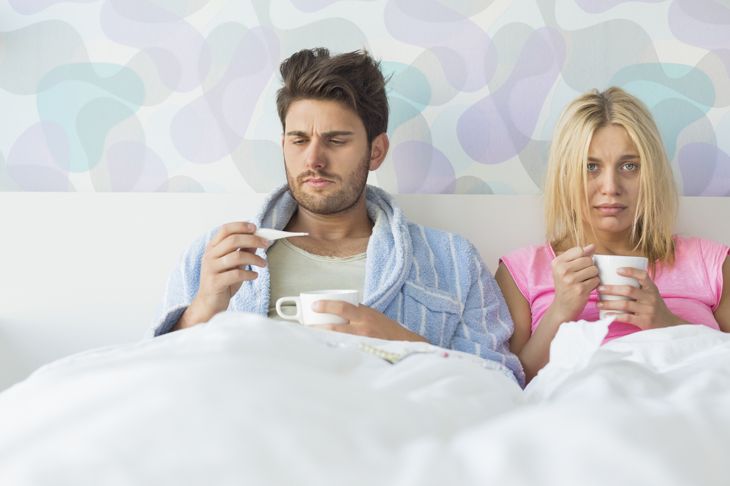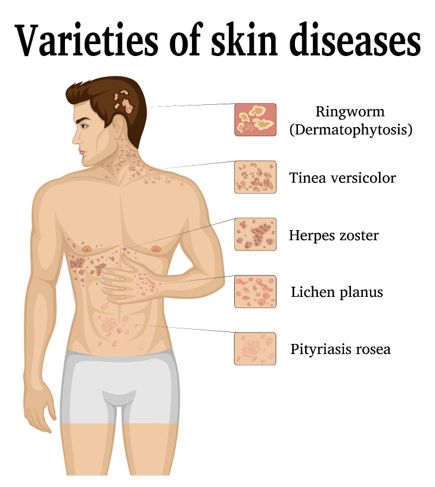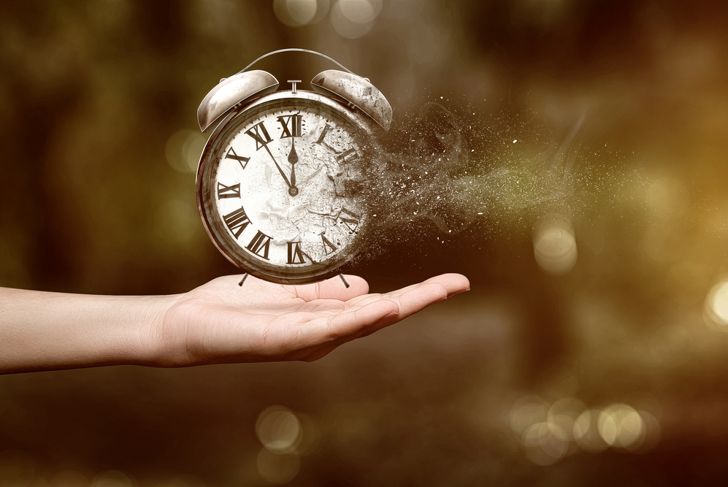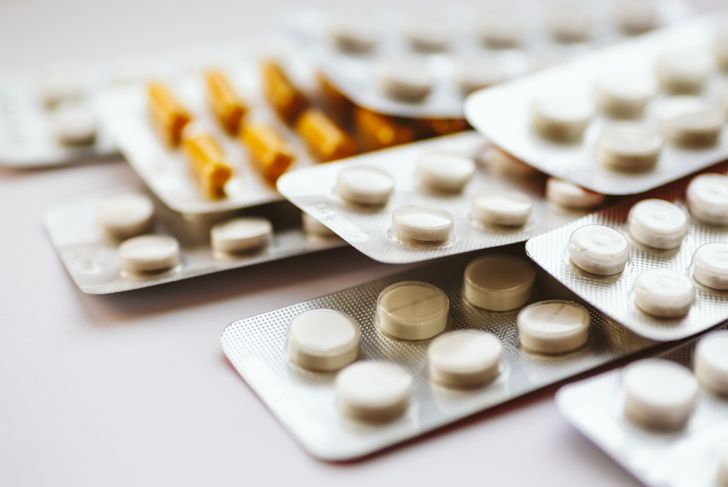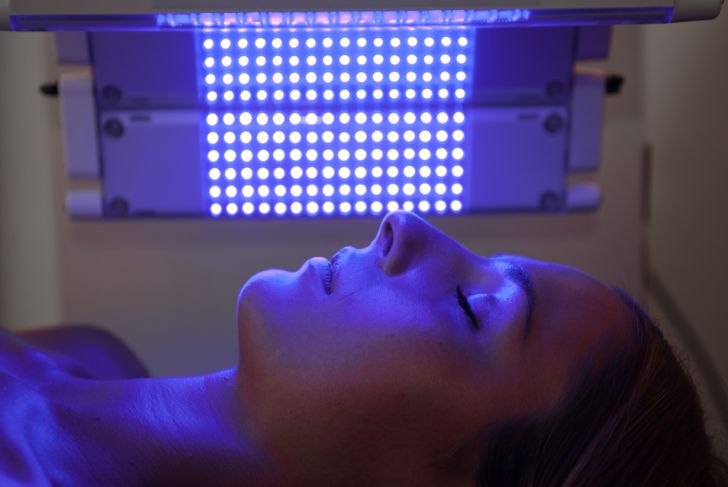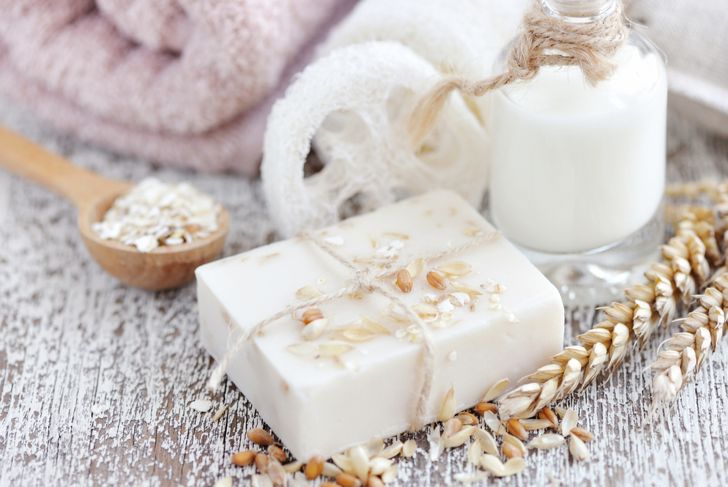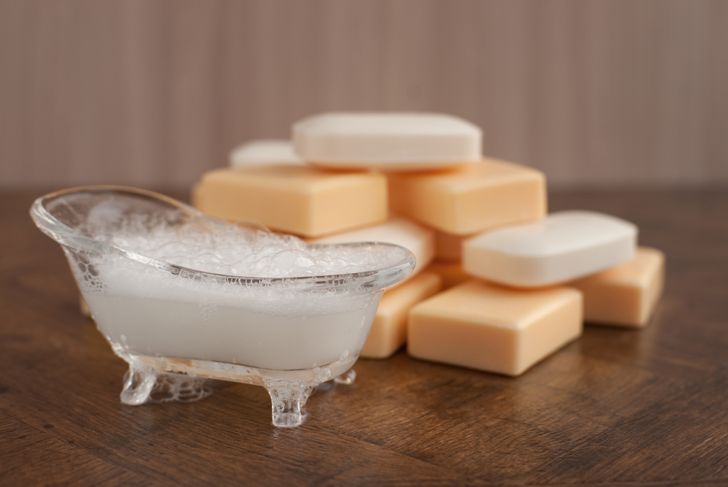Pityriasis rosea is a skin condition that causes a rash. The exact cause is unknown, but pityriasis rosea is harmless. It is not believed to be contagious and may be triggered by a virus rather than a bacterial or fungal infection. It is not an allergic reaction. Pityriasis rosea typically lasts six to eight weeks, but it can linger for months. Anyone at any age can develop pityriasis rosea, but it is usually between the ages of 10 years old and 35. Keep reading to learn more about the symptom of pityriasis rosea and treatments, including at-home remedies.
Symptom: The Herald Patch
A large, scaly patch that is slightly raised is known as the herald patch. It is usually a single patch that is either round or oval in shape and pink in color. The size of the herald patch can range from two centimeters up to 10 centimeters (3.9 inches), but larger herald patches are more common than smaller ones. It may develop on your back, chest, or abdomen.
Symptom: Fir Tree Patch
After the herald patch appears, your rash will change in appearance after a few days or weeks. Smaller, scaly spots that are one to two centimeters may form clusters on your back, chest, abdomen, arms, or legs. They may even spread to your neck, but most likely not the face. These salmon-colored patches will now resemble the pattern of a pine tree or Christmas tree.
Symptom: Itchiness
Mild to severe itchiness may be associated with pityriasis rosea. However, not all people with the rash complain of itchiness. Many of the treatments including the at-home remedies aim to treat this particular symptom.
Symptom: Cold-Like Symptoms
A few days before the herald patch appears, you experience symptoms that are associated with the common cold. For example, a headache or fever may be present. You might have a sore throat, too. Most often, people with pityriasis rosea feel fatigued a couple of days before the outbreak appears.
Symptom: Rounded Bumps or Blisters
Rounded bumps, known as a papular rash, can develop, but in rare cases. Young children, pregnant ladies, and people with darker skin might be more prone to rounded bumps. Infants and young children also have the potential to develop a vesicular rash or blisters, but this is rare as well.
Treatment: No Treatment Required
In most cases, the rash and its symptoms will go away without any medical treatment. Pityriasis rosea lasts about four to 10 weeks in most cases. Not only does the condition often go away on its own, but the scarring is minimal, and the rash does not generally recur.
Treatment: Medication
Numerous over-the-counter medications can help relieve the symptoms of pityriasis rosea. A 1% hydrocortisone cream can be applied to small, itchy spots. It should only be used on sensitive areas such as the face or genitals sparingly and not at all for children younger than 12 years old. Hydrocortisone cream should not be given to toddlers under two years of age. Antihistamines can also help. Although this allergy medicine is available as an over-the-counter drug, check with your doctor before giving it to a child. Depending on the severity of the rash and its symptoms, a medical provider may prescribe an antiviral drug.
Treatment: Light Therapy
Another possible treatment for pityriasis rosea involves exposing the rash to natural or artificial sunlight. This might help the rash fade quicker and better, but it also has risks. For example, too much sun exposure can lead to sunburn or increase the chance of skin cancer. You may also have permanent dark spots even after pityriasis rosea is treated because of light therapy.
Treatment: Oatmeal Bath and Moisturizer
An at-home remedy that can help soothe the itchiness of pityriasis rosea includes taking an oatmeal bath. There are specific bath products available at local pharmacies. A handful of ground to powder oatmeal will relieve the symptoms. Do not soak in hot water, but opt to bathe in lukewarm water instead or as cool as you can tolerate. In fact, you should avoid hot baths and showers for the remainder of the rash. Afterward, use calamine lotion to moisturize your skin.
Treatment: Other At-Home Remedies
Besides avoiding a hot shower or bath, try keeping your body cool at all times. If you feel warm or sweaty, the rash can flare up and become itchier. Also remember to use gentle soaps such as Dove, Basis, or Cetaphil that do not contain deodorants or fragrances.

 Home
Home Health
Health Diet & Nutrition
Diet & Nutrition Living Well
Living Well More
More